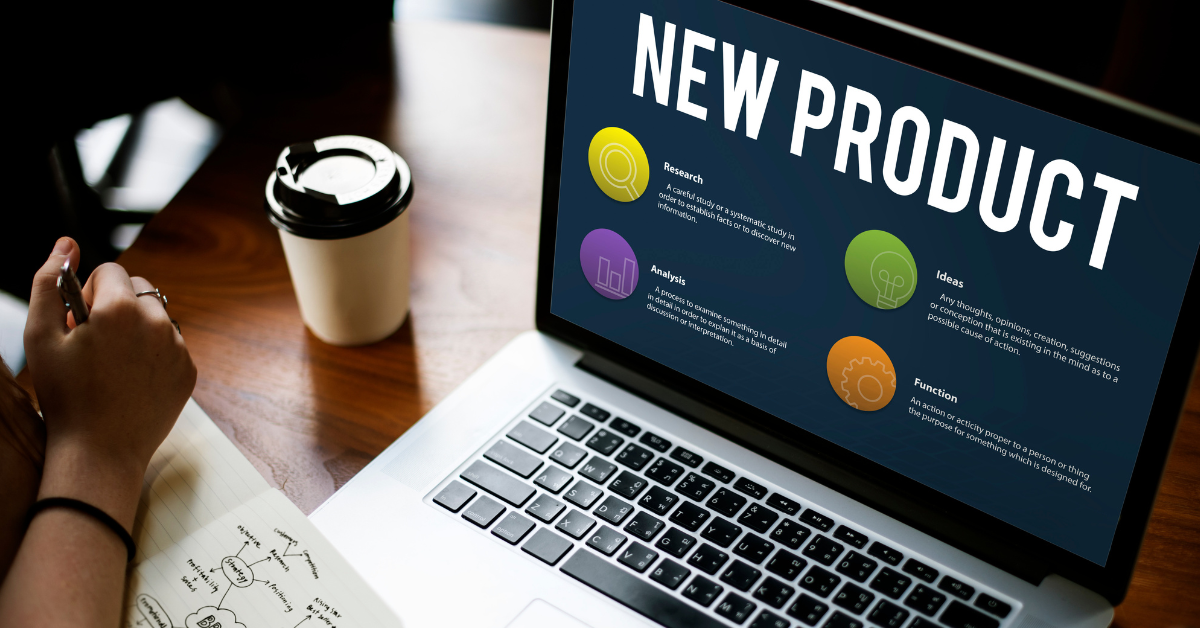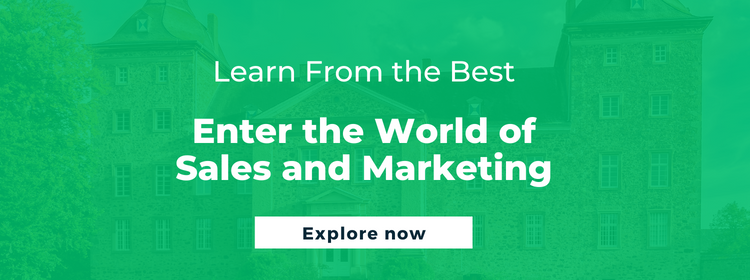What is Demand Generation? Why is it Important for Marketers?

- What is Demand Generation?
- Examples of Demand Generation
- Who Leads a Demand Generation Campaign?
- The Importance of Demand Generation
- Stages of Demand Generation
- Popular Demand Generation Strategies
- Demand Generation vs. Lead Generation
- Demand Generation Tools
- Demand Generation Metrics
- Learn With Emeritus
Although the customer is king, they may often not know what they are looking for. Raising awareness of your product as the best solution to their needs and letting them engage with it brings them closer to you, increasing the chances of a sale. Here is everything you need to know about demand generation.
Organizations profit tremendously from having customers engage with their products at various touchpoints. Having a marketing technique to facilitate this is essential to building long-term relationships with clients and generating sales.
What is Demand Generation?
Demand generation refers to the organized process of garnering interest in a product or a service. It works by creating awareness about a product and allowing customers to explore it as a solution to their problems. It is the first stage of the marketing funnel, helping identify the target audience. Apart from vital customer information, it also helps understand customer preferences that can be looped back into the product for future iterations.
Examples of Demand Generation
 German luxury carmaker Audi stands out as a great example to showcase the potential of demand generation campaigns in unconventional markets. When launching their flagship model, the A8, in the Middle East, they were faced with an issue of identifying the target audience. European demographic trends for High-Net-Worth Individuals (HNIs) were invalid in the region, leading them to use LinkedIn to profile and target prospective clients.
German luxury carmaker Audi stands out as a great example to showcase the potential of demand generation campaigns in unconventional markets. When launching their flagship model, the A8, in the Middle East, they were faced with an issue of identifying the target audience. European demographic trends for High-Net-Worth Individuals (HNIs) were invalid in the region, leading them to use LinkedIn to profile and target prospective clients.
The result was an overwhelming response, with over 300,000 views across the nine Middle Eastern markets. In addition, it led to the development of a pipeline of high-quality leads also willing to engage with other products from Audi.
The launch of Indian telephone service provider Reliance Jio is another great example of capitalizing on customer engagement. Jio launched their services, focusing on calling via a high-speed (4G) Internet connection over cellular networks at extremely affordable introductory prices. Their high-quality, affordable services gained them widespread acceptance over incumbent service providers. This led to them eventually becoming the biggest telecom service provider in India, and the fifth-strongest brand in the world.
Who Leads a Demand Generation Campaign?
Demand generation managers are responsible for these campaigns. Some of their responsibilities include:
- Having thorough knowledge of the brand’s offerings to the customer
- Constantly identifying new market opportunities and techniques to capture them
- Developing, testing, executing, and optimizing campaigns across multiple channels
- Profiling customers and developing customer journey maps
- Analyzing campaign performance and modifying strategy to drive improvement
- Assisting with content development for maximum customer outreach
- Working with other marketing teams such as content, advertising, and sales for devising, monitoring, and reviewing various strategies
The Importance of Demand Generation
Having a solution to customers’ problems isn’t enough if they are unaware of its existence. This is where demand generation campaigns shine through — they bring about the required product awareness amongst audiences. Targeted techniques used are greatly beneficial to organizations as compared to general awareness campaigns. They identify the most relevant customers, resulting in the generation of high-quality leads with increased likelihood of conversion.
ALSO READ: Is Inbound Marketing the Strategy You Need to Boost Sales?
Stages of Demand Generation
Demand generation can be broken down into three stages:
- Awareness of the product amongst a general target audience
- Engagement of interested customers for lead generation
- Action on the customers’ end to commit to knowing more about the product
Popular Demand Generation Strategies
 After raising awareness, it is essential to engage the customer to further their interest in the product. This gives them a chance to explore its capabilities, increasing their trust and, consequently, the chances of a sale.
After raising awareness, it is essential to engage the customer to further their interest in the product. This gives them a chance to explore its capabilities, increasing their trust and, consequently, the chances of a sale.
Some of the popular demand generation strategies include:
- Exhibitions and expos
- Free trials and demonstrations
- Written and video content
- Social campaigns
- PR campaigns
- Contests and giveaways
- Direct mailing
- Influencer marketing
- Blogging
- Strategic partnerships
ALSO READ: How to Learn Digital Marketing and be an Effective Marketer
Demand Generation vs. Lead Generation
Demand generation and lead generation are successive steps of the marketing funnel. Yet, it is quite easy to confuse one for the other. The differences lie in the way their campaigns engage with the audience.
Demand generation concerns itself with:
- Increasing the product’s audience
- Sparking interest in the product
- Building trust with the audience
Lead generation, on the other hand, capitalizes on the interest created by demand generation campaigns. It seeks to:
- Demonstrate the brand’s value and differentiate the product from competitors
- Collect information on and off prospective buyers
- Identify most likely customers (leads) and nurture them to convert into paying customers
Demand Generation Tools
There are various tools in the market to help with various aspects of demand generation such as marketing automation, campaign management, SEO strategizing, website analysis, etc. Some of these include:
- Autopilot
- RiteKite
- Buzzstream
- Unbounce
- Hotjar
- Akkroo
Demand Generation Metrics
The effectiveness of marketing campaigns can be ascertained by certain metrics. Some of the most important metrics are as follows:
- Cost per acquisition, which is the approximate cost of getting a paying customer through a given marketing channel
- Customer lifetime value refers to the total amount of money customers are likely to spend throughout their association with your brand
- Average deal size is the average value of deals acquired through various marketing channels
Learn With Emeritus
The role of product awareness in the grand scheme of making a sale can hardly be overemphasized. If properly designed, such campaigns can transcend their mandate, improving outreach not for just one product but the entire brand in general.
If you are a passionate marketer looking to make your mark in the industry, courses from Emeritus will prove instrumental in your growth. You can check out sales and marketing courses here.
Write to us at content@emeritus.org






